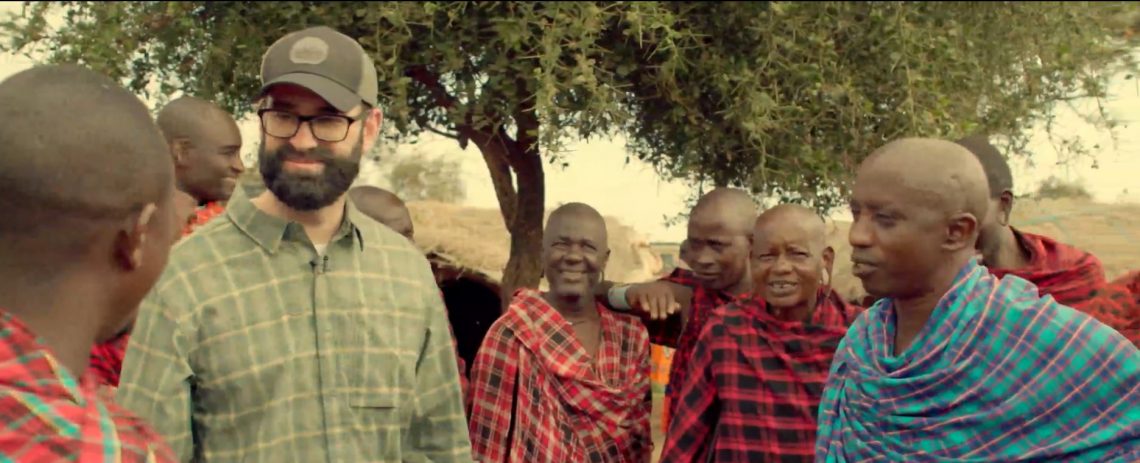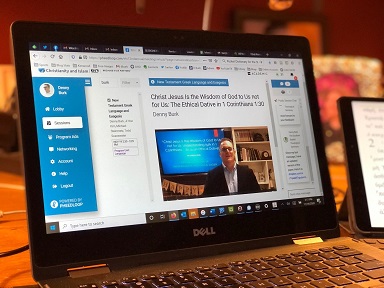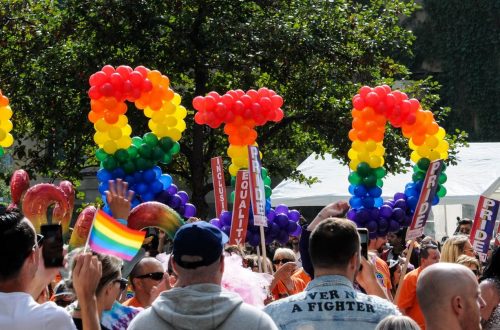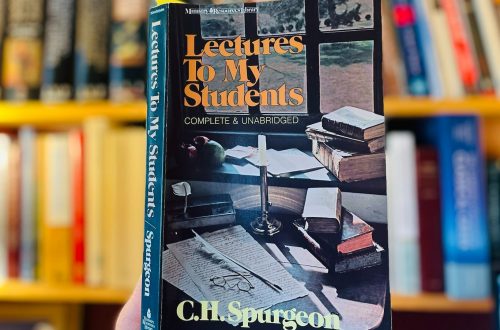Matt Walsh’s watershed documentary What Is a Woman? made its debut over a year ago, but he recently made it available for people to view for free on Twitter. It was supposed to be available only for 24 hours, but as I type this it is still available and has a staggering 161 million views. If you haven’t seen it yet, I highly recommend that you watch it. It really is a cultural watershed, as I tried to explain in my review a year ago:
Matt Walsh has done the planet a great service by producing this film. It is a case study of what happens when fantasy meets hard reality. The fantasies get exposed for what they are. This film is so important. I wish it weren’t behind a paywall. Every person under the spell of the transgender delusion needs to see this film. I cannot recommend it highly enough.
The film is no longer behind a paywall. As I mentioned above, it is available right now for free on Twitter, so you can watch it if you haven’t already. Again, I highly recommend that you see it.
Abigail Favale also wrote a review of the film last year, and I recommend that you read it as well. She has written what is perhaps the most thoughtful book that I have ever read on this subject (I reviewed it here). Whatever she would write on this film deserves our serious attention. While she appreciates how the film methodically exposes the absurdities of “gender theory,” she nevertheless lodges two criticisms of the film.
First, she says that the tone is disrespectful and condescending towards the “gender affirmers” that Walsh interviews throughout the film. Instead of seeking to understand his subjects, he selectively edits their remarks and intersperses them with other fringy characters that are easy to discredit.
I agree with her that Christians owe respect to those who are on the other side of this issue. What I mean by “respect” is to treat them as image-bearers. That doesn’t mean treating them with kid gloves or “respecting” evil beliefs or actions. It means that you treat them with serious and sober critique appropriate for wayward image-bearers. Being jokey and derisive for laughs or clicks doesn’t accomplish that. To use them as props in a comedy-bit is hardly what we are called to do as Christians. To the degree that Walsh or any Christian engages in this, this is a good word of reproof.
When I first watched the documentary, I didn’t come away with the same feeling that Favale did on this point. While I did think that the film was unnecessarily crass at times, my main take-away was how effective Walsh was at calmly and doggedly pushing the gender propagandists to defend their position, which none of them were able to do. If they appeared absurd, it was due mainly to the absurdity of the position that they were trying to defend. At least that was my sense. I will leave it to viewers to judge how much or how little Walsh transgressed in this area.
Second, Favale says that while Walsh effectively exposed the inability of “gender affirmers” to define what a woman is, Walsh himself never really provided a definition either. Rather, Walsh trades in stereotypes without ever explaining in technical terms what a woman is. The closest he gets to a definition is at the very end when his wife declares that a woman is an adult human female. For this reason, Favale believes Walsh fails to answer the central question in the title of the film.
Does Walsh provide a brilliant and refined definition of a woman like Favale does in her book? No, he doesn’t. But I actually don’t think that was the point of the film. Nor do I think his use of stereotypes to be entirely irrelevant.
While stereotypes don’t tell us by themselves what the difference between a man and woman is, stereotypes are often reflecting for a particular culture what that underlying difference is. In other words, while boys playing with trucks and girls playing with dolls are stereotypes and don’t by themselves tell us the difference between a man and a woman, those stereotypes are cultural reflections of the underlying difference. Most people throughout history have intuited these distinctions even if they haven’t needed to articulate them in so many words. They are distinctions that are very much evident to reason through nature. In my view, Walsh is appealing to those naturally ordered intuitions and is trying to revive them.
That is why I didn’t have the feeling of dissatisfaction that Favale describes at the end of the film. The ability to say (as Matt Walsh’s wife says at the end) that a woman is an adult human female was something that almost every person on the planet was able to say until the day before yesterday. That is to say, our natures as male or female have been evident to the species for time immemorial, and most people have understood that the difference between a man and a woman has something to do with the different ways that their bodies are organized for reproduction. Even if people by and large never had to say such in so many words, everyone has known it to be true because nature so clearly reveals it.
Again, I think Walsh is appealing to the ability of ordinary people to see what is really there in nature over and against the tortured musings of gender propagandists. You don’t need a degree in gender theory to see what a woman is, and that is what Walsh’s wife’s words so powerfully demonstrate.
In any case, these are great conversations to be having. Our culture has been under the spell of the absurd “gender theorists” for far too long. Perhaps the appearance of Favale’s book and Walsh’s documentary are evidence that the fever is breaking. At the very least, we should be praying that it is.
Read Favale’s review for yourself. It is worth the time. And by all means watch What Is a Woman? It’s an event that no one should miss.






